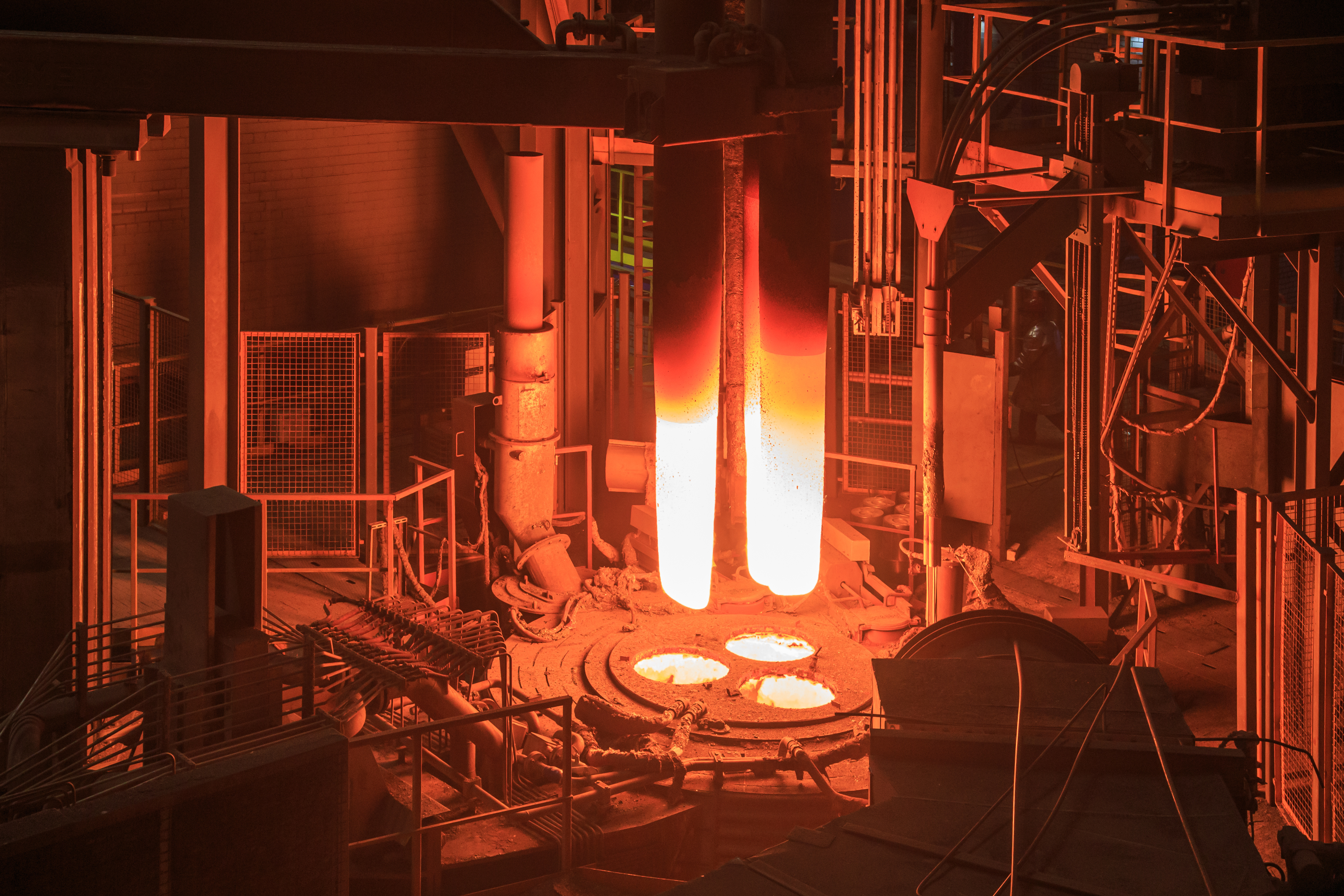Mining and Refining: Graphite [Hackaday]

In my teenage years I worked for a couple of summers at a small amusement park as a ride operator. Looking back on it, the whole experience was a lot of fun, although with the minimum wage at $3.37 an hour and being subjected to the fickle New England weather that ranged from freezing rains to heat stroke-inducing tropical swelter, it didn’t seem like it at the time.
One of my assignments, and the one I remember most fondly, was running the bumper cars. Like everything else in the park, the ride was old and worn out, and maintenance was a daily chore. To keep the sheet steel floor of the track from rusting, every morning we had to brush on a coat of graphite “paint”. It was an impossibly messy job — get the least bit of the greasy silver-black goop on your hands, and it was there for the day. And for the first few runs of the day, before the stuff worked into the floor, the excited guests were as likely as not to get their shoes loaded up with the stuff, and since everyone invariably stepped on the seat of the car before sitting on it… well, let’s just say it was easy to spot who just rode the bumper cars from behind, especially with white shorts on.
The properties that made graphite great for bumper cars — slippery, electrically conductive, tenacious, and cheap — are properties that make it a fit with innumerable industrial processes. The stuff turns up everywhere, and it’s becoming increasingly important as the decarbonization of transportation picks up pace. Graphite is amazingly useful stuff and fairly common, but not all that easy to extract and purify. So let’s take a look at what it takes to mine and refine graphite.
Heat, Pressure, and Bugs
The story of graphite begins two billion years ago, when the oceans were teeming with cyanobacteria. Having just managed the evolutionary trick of figuring out photosynthesis, these organisms sopped up the nearly unlimited carbon dioxide from the Precambrian atmosphere, turning the upper layers of the ocean into a thick bacterial soup. When they died, mats of their carbon-rich remains piled up on the floors of the oceans, eventually becoming entombed under thick layers of sediment, where pressure and heat could begin to work their alchemy.

As it turns out, the perfect starting material is a byproduct of oil refining: petroleum coke, or pet coke. This carbon-rich material is basically the low-value stuff left over once all the higher distillates like diesel and gasoline have been boiled away. Pet coke is basically a solid mass of long-chain molecules, mostly carbon but with some volatile organics and a bit of water trapped inside, both of which need to be driven off by heating, or calcining, the coke in a horizontal rotary kiln. Graphitization takes place in an Acheson furnace, named after Edward Goodrich Acheson, who stumbled upon the synthetic graphite process while searching for a method to make synthetic carborundum.
An Acheson furnace is essentially an enormous carbon composition resistor: a chamber packed with calcined pet coke with graphite electrodes buried in each end. Graphitization starts when a massive current is passed through the graphite electrodes, heating the pet coke charge to 2,600°C or so. The process continues until graphitization is complete. This usually takes just a couple of days, but cool-down of the furnace and the graphite inside can take weeks. This process can be used to turn out raw synthetic graphite powder, but more commonly, it’s used to create graphitic parts like electrodes for metal refining. In that case, coal tar pitch is mixed in with the pet coke before firing, to act as a binder to give the graphite electrode more mechanical strength.
Given the expense of feedstocks and the enormous amount of energy required to produce it, synthetic graphite is about twice the cost of natural graphite. There are some applications where it makes sense, though; the aforementioned smelting electrodes are a good example, since they can be manufactured in their final shape. Synthetic graphite also tends to be better suited for use in composite materials like carbon fiber.
Whether it’s natural or synthetic, there’s no denying that getting graphite is a messy business — either we burn diesel to tear a lot of holes in the ground, or we keep refining oil so we can blast megawatts of electricity through the waste. And our need for graphite is only likely to increase, so here’s hoping that someone figures out a better way.

![mining-and-refining:-graphite-[hackaday]](https://i0.wp.com/upmytech.com/wp-content/uploads/2023/11/151921-mining-and-refining-graphite-hackaday-scaled.jpg?resize=800%2C445&ssl=1)